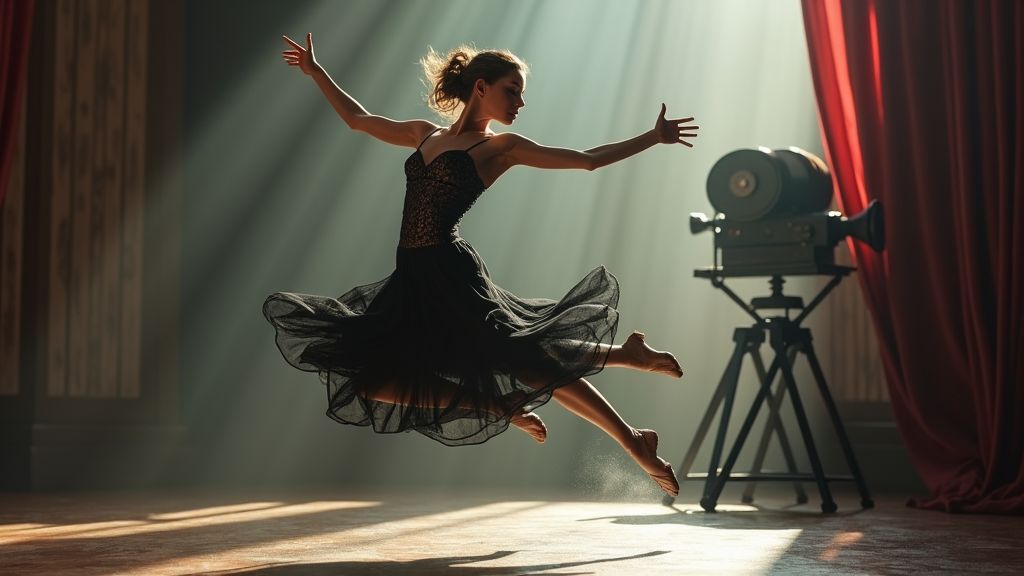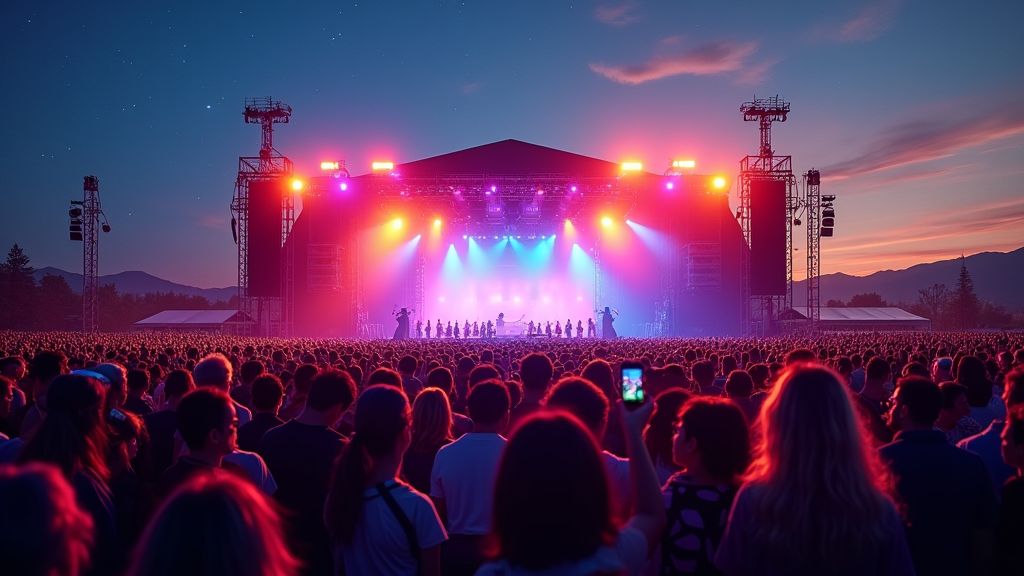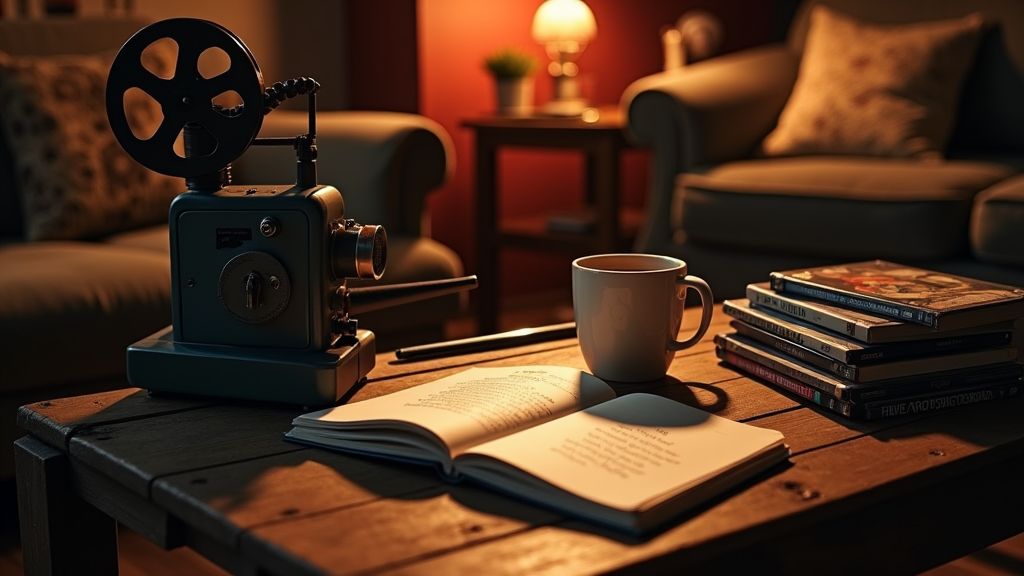Exploring the Intersection of Dance and Film
When thinking about the art forms of dance and film, it’s easy to see how they both have the power to move us emotionally and physically. But have you ever considered what happens when these two worlds collide? The intersection of dance and film opens up a whole new realm of possibilities, blending movement and storytelling in a unique and visually captivating way. From iconic dance sequences in classic movies to innovative modern collaborations between choreographers and filmmakers, this dynamic relationship continues to evolve and inspire audiences worldwide.
The Evolution of Dance in Film
Dance has been a part of film since the early days of silent cinema, with pioneers like Fred Astaire and Ginger Rogers dazzling audiences with their elegant routines. As technology advanced, so did the choreography and visual effects used to capture dance on screen. In the golden age of Hollywood musicals, iconic films like ‘Singin’ in the Rain’ and ‘West Side Story’ showcased the artistry of dance in ways that had never been seen before.
Modern Collaborations and Innovations
Fast forward to the present day, and we see a new wave of creativity emerging as dancers and filmmakers push the boundaries of what is possible. From music videos to short films to full-length features, the marriage of dance and film continues to be a fertile ground for artistic expression. Choreographers like Pina Bausch and Akram Khan have brought their unique visions to the screen, blending movement, music, and narrative to create compelling cinematic experiences.
The Impact of Technology
Advances in technology have further blurred the lines between dance and film, with motion capture and 3D rendering allowing for even more intricate and visually stunning choreography. Films like ‘Black Swan’ and ‘La La Land’ have pushed the boundaries of what is possible in terms of capturing the beauty and emotion of dance on screen. Virtual reality and interactive experiences are also opening up new avenues for audiences to engage with dance in immersive ways.
The Future of Dance and Film
As we look to the future, it’s clear that the intersection of dance and film will continue to evolve and adapt to new technologies and artistic trends. With the rise of social media platforms and online streaming services, dancers and filmmakers have more opportunities than ever to collaborate and reach global audiences. The possibilities are endless, and the potential for creativity and innovation in this space is truly exciting.
Cultural Influences and Global Styles
Dance in film has always been a reflection of cultural influences, bringing diverse styles from around the world into the spotlight. Bollywood, for example, incorporates traditional and modern dance elements to create vibrant musical sequences, while African and Latin American dance styles have inspired both music videos and feature films. These cross-cultural exchanges enrich the film industry and highlight the beauty of dance as a universal language.
Breaking Stereotypes through Dance
Films have used dance to challenge stereotypes and redefine societal norms. Dance-centric movies like ‘Billy Elliot’ and ‘Step Up’ highlight themes of personal transformation and social mobility, breaking down barriers and inspiring audiences to embrace diversity in self-expression. Dance in film empowers individuals to tell stories beyond words, often tackling themes like identity, resilience, and belonging.
Dance Documentaries and Biopics
Documentaries and biopics focused on dance provide an intimate look into the lives of legendary dancers and choreographers. Films like ‘Pina’ and ‘Honey’ delve into the dedication, challenges, and sacrifices of dancers, giving audiences a behind-the-scenes look at the world of dance. These films celebrate the contributions of dance icons and allow audiences to appreciate the rigor and beauty of the art form in a new way.
The Role of Dance in Social Movements
Dance in film has also played a powerful role in social movements, offering a platform to express resistance and solidarity. Films that incorporate protest dance, such as those inspired by hip-hop and street dance, give voice to social issues and cultural shifts. By capturing these performances on film, artists contribute to a legacy of using dance as a form of activism, connecting audiences with messages of change and unity.













